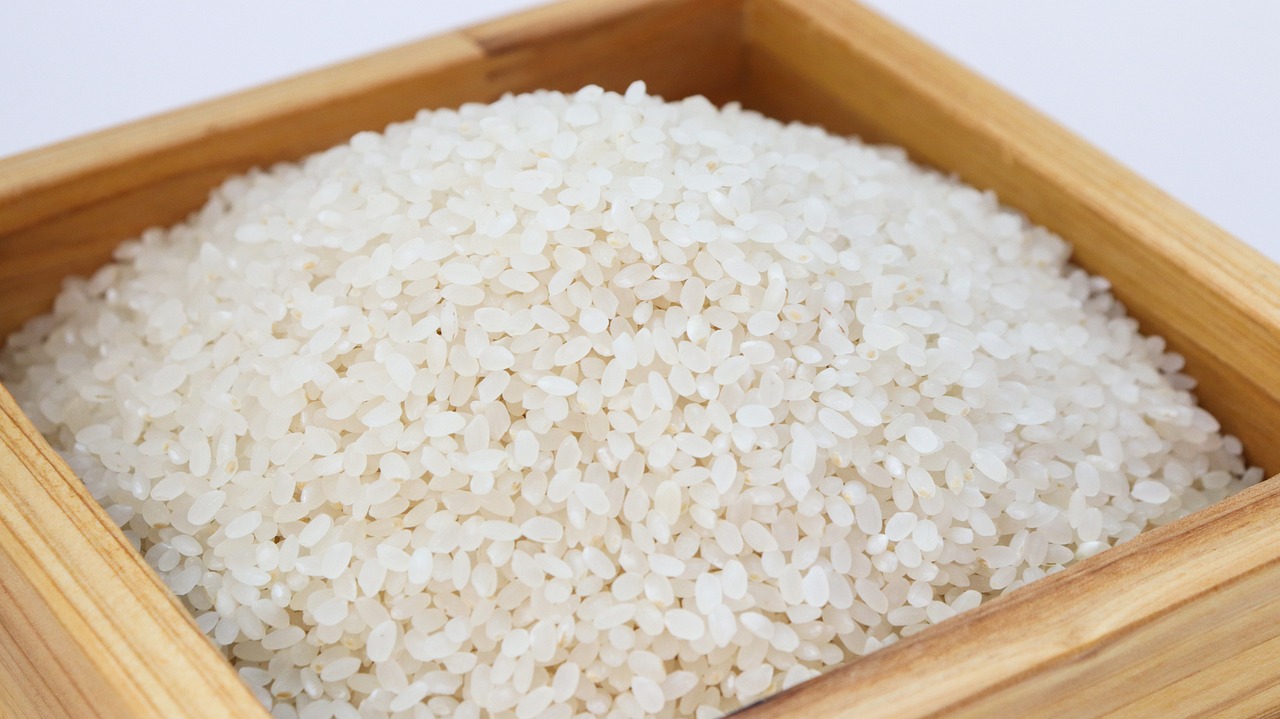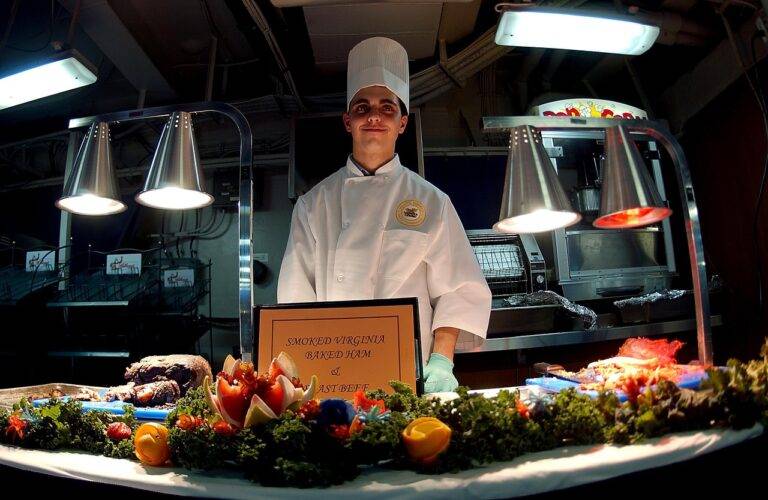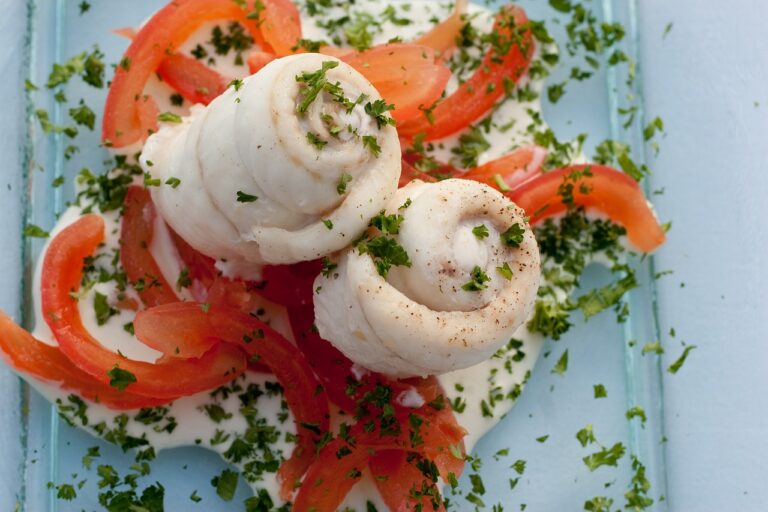Exploring the Art of Food Preservation: From Pickling to Smoking
Food preservation has been a vital practice for centuries, dating back to ancient civilizations. Early methods of preserving food included drying, smoking, and salting. The ancient Egyptians utilized sun-drying to preserve fruits and vegetables, while the Greeks and Romans used pickling and fermentation techniques.
In the Middle Ages, ice cellars were developed to store perishable foods for extended periods. With the invention of canning by Nicolas Appert in the early 19th century, the modern era of food preservation began. This revolutionary technique involved sealing food in airtight containers to prevent spoilage, paving the way for the mass production and distribution of preserved foods.
Different Methods of Food Preservation
Canning is a common method of food preservation that involves sealing food in jars or cans after heating it to destroy any microorganisms. The heat kills bacteria and enzymes, preventing spoilage and extending the shelf life of the food. This method is particularly popular for preserving fruits, vegetables, and meats.
Drying is another traditional method of preserving food that involves removing moisture from the food item to prevent the growth of bacteria and decay. This can be done through sun-drying, air-drying, or using specialized equipment like dehydrators. Dried foods like fruits, herbs, and meats can be stored for long periods without refrigeration, making them a convenient option for long-term preservation.
• Canning involves sealing food in jars or cans after heating to kill bacteria
• Popular for preserving fruits, vegetables, and meats
• Drying removes moisture from food to prevent bacterial growth and decay
• Can be done through sun-drying, air-drying, or using dehydrators
• Dried foods like fruits, herbs, and meats can be stored long-term without refrigeration
Benefits of Pickling
Pickling offers a multitude of benefits beyond just preserving food. Vegetables and fruits that undergo the pickling process develop a tangy and unique flavor profile, making them a versatile addition to various dishes. The fermentation involved in pickling also contributes to the development of healthy probiotics, which support gut health and digestion.
Furthermore, pickled foods are known for their extended shelf life, allowing for long-term storage without compromising taste or quality. This not only reduces food waste but also makes pickled items a convenient pantry staple for quick and easy meal preparation. In addition, the brine used in pickling often contains antioxidants and essential nutrients, adding a nutritious boost to your diet.
What is the history of food preservation?
Food preservation dates back to ancient times when people used various methods such as drying, smoking, and pickling to preserve their food.
What are some different methods of food preservation?
Some common methods of food preservation include canning, freezing, dehydrating, pickling, and fermenting.
What are the benefits of pickling?
Pickling helps to extend the shelf life of foods, adds flavor to food, and can also enhance the nutritional value of certain foods. Additionally, pickled foods are a great source of probiotics.
How does pickling help to extend the shelf life of foods?
Pickling involves preserving food in a solution of salt, vinegar, and spices, which helps to inhibit the growth of harmful bacteria and mold, thus extending the shelf life of the food.
Can pickling enhance the nutritional value of foods?
Yes, pickling can enhance the nutritional value of certain foods by preserving their vitamins and minerals. Additionally, fermented pickles are a great source of probiotics, which are beneficial for gut health.







